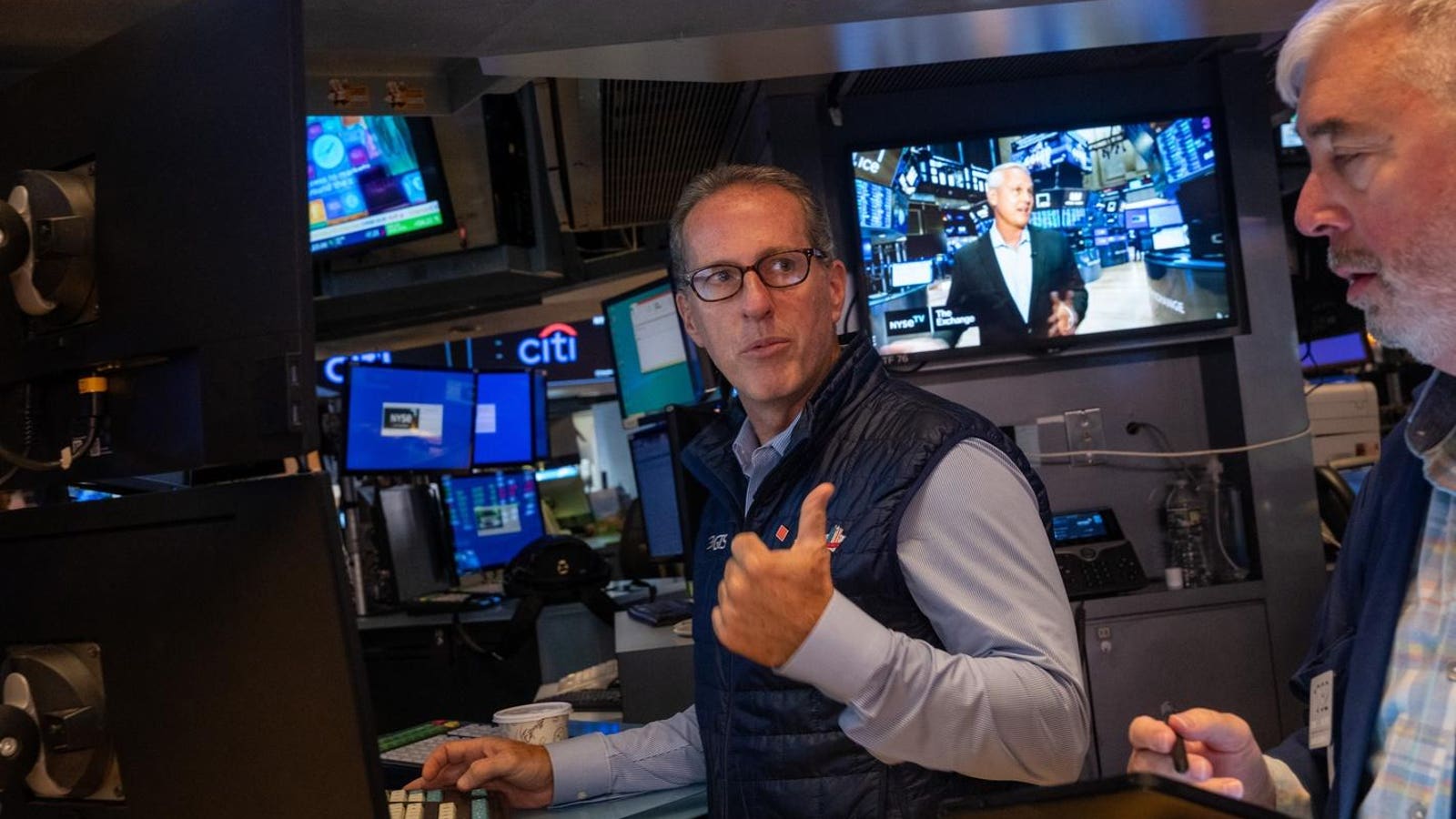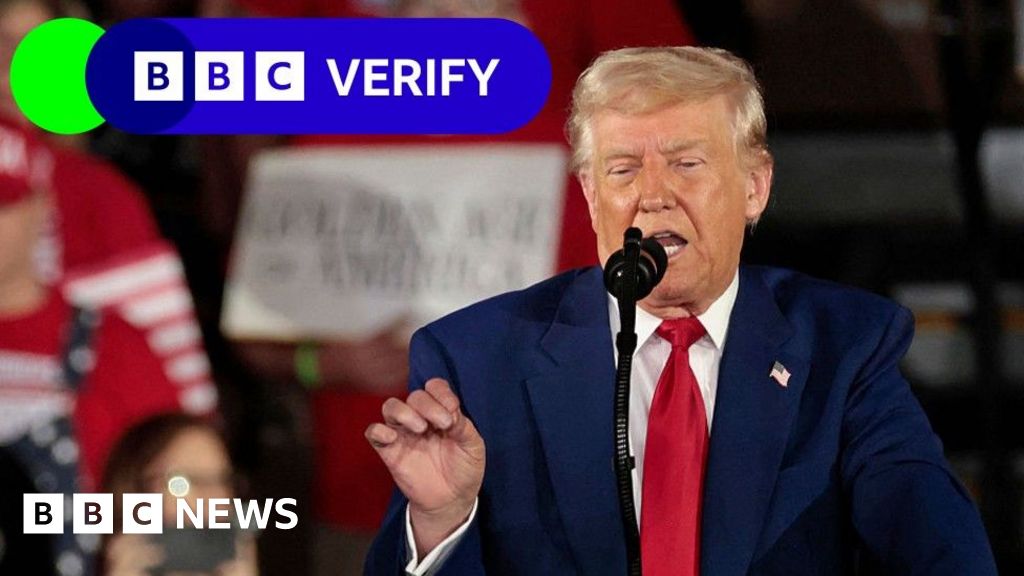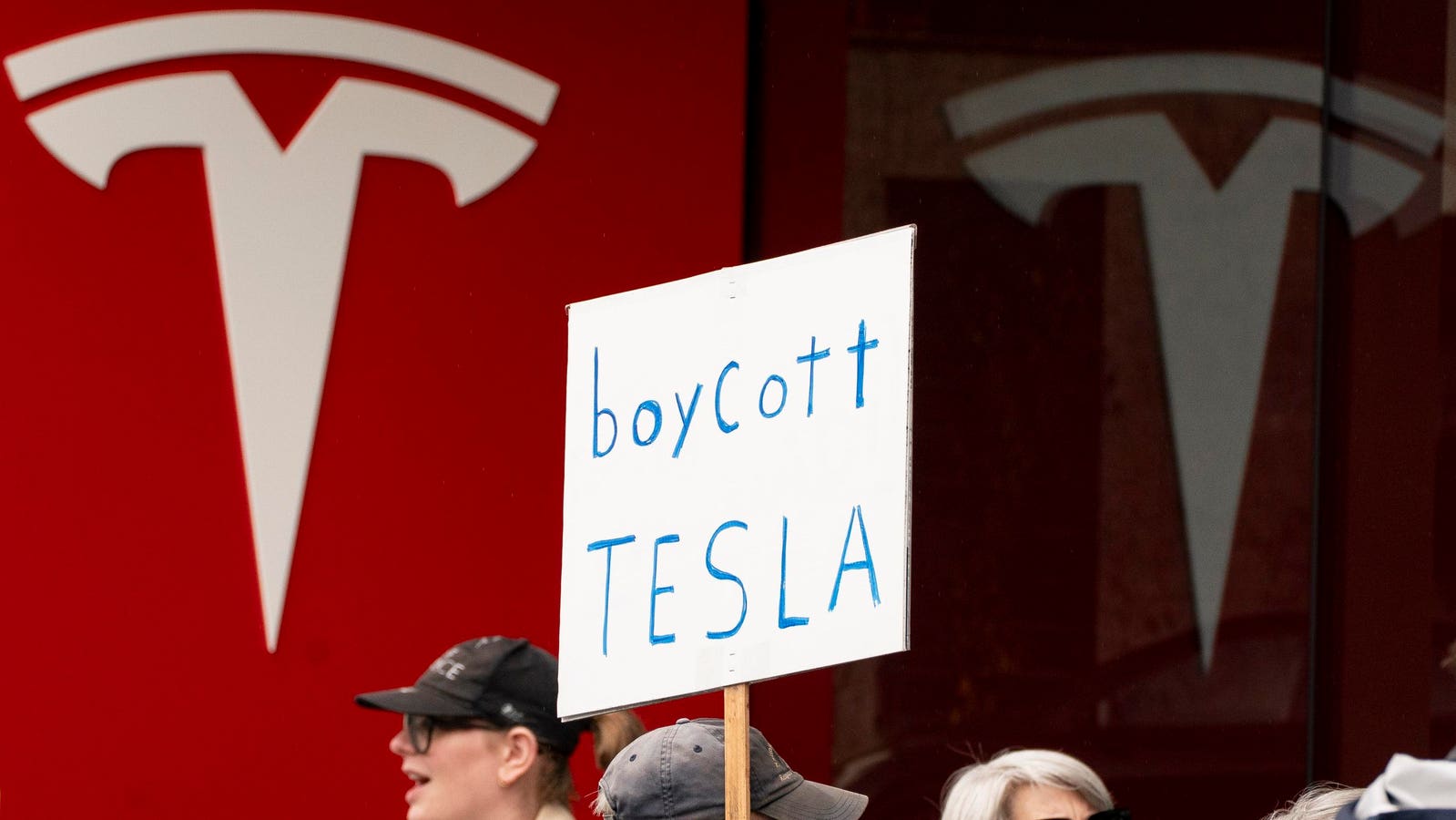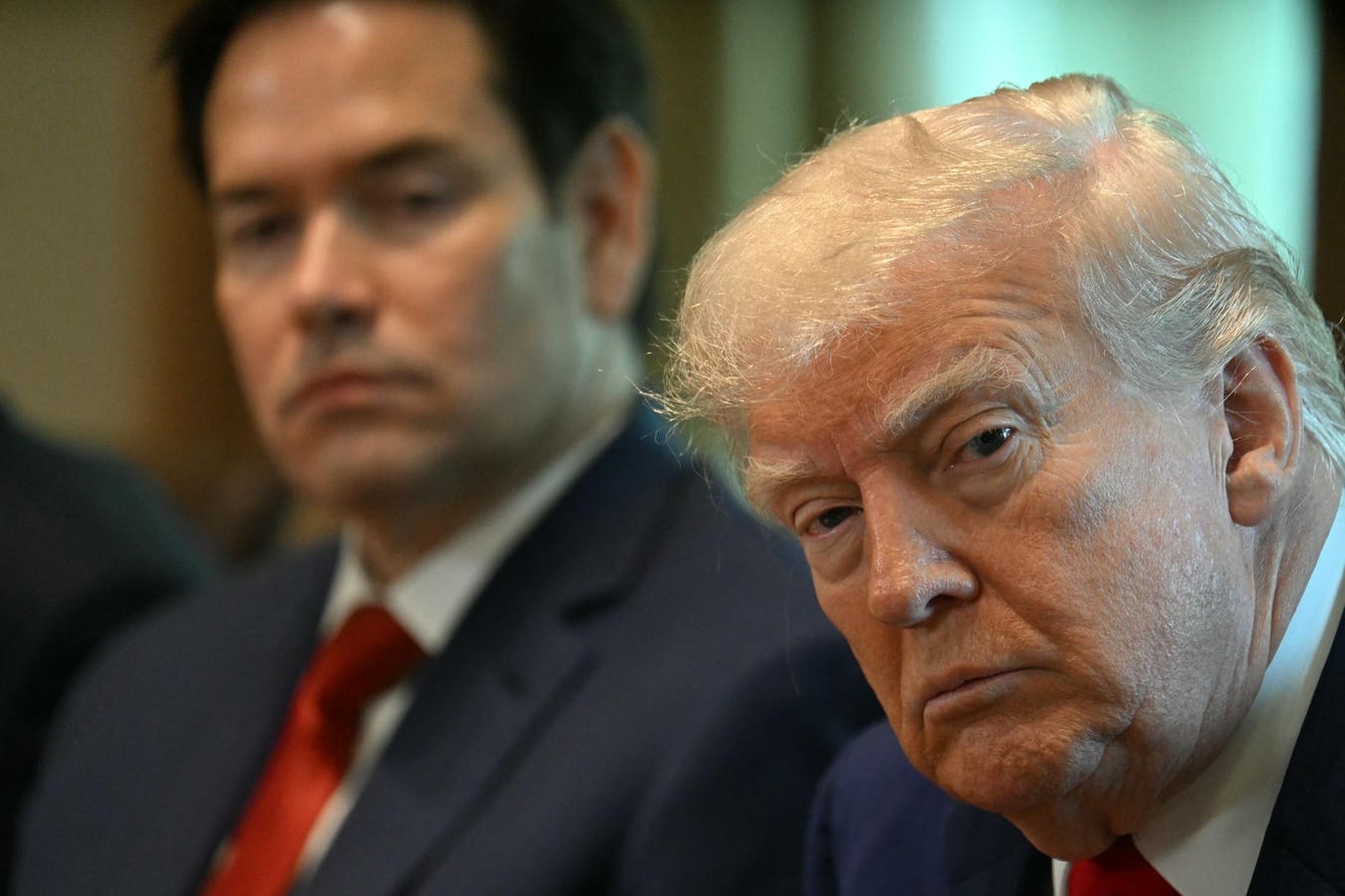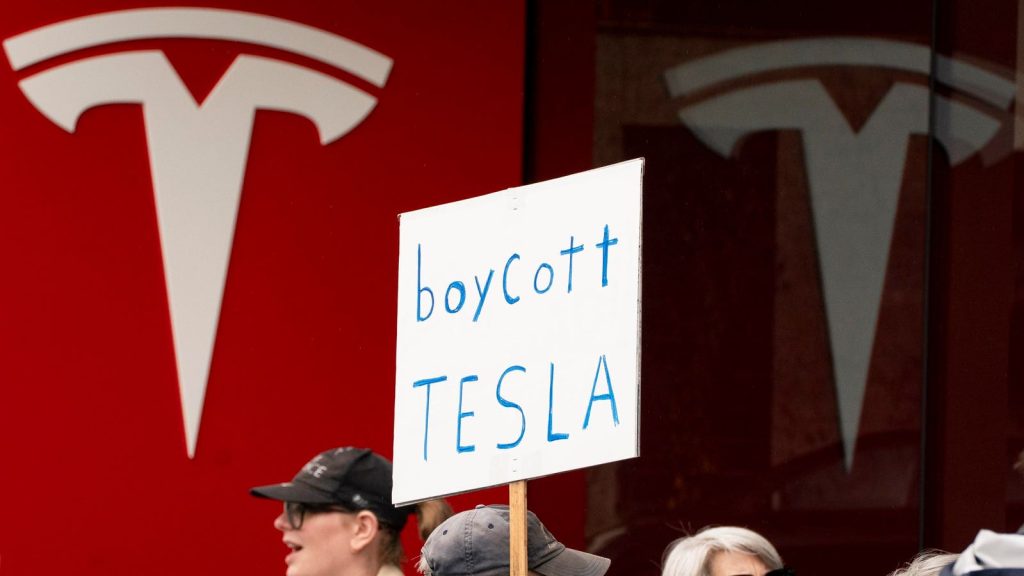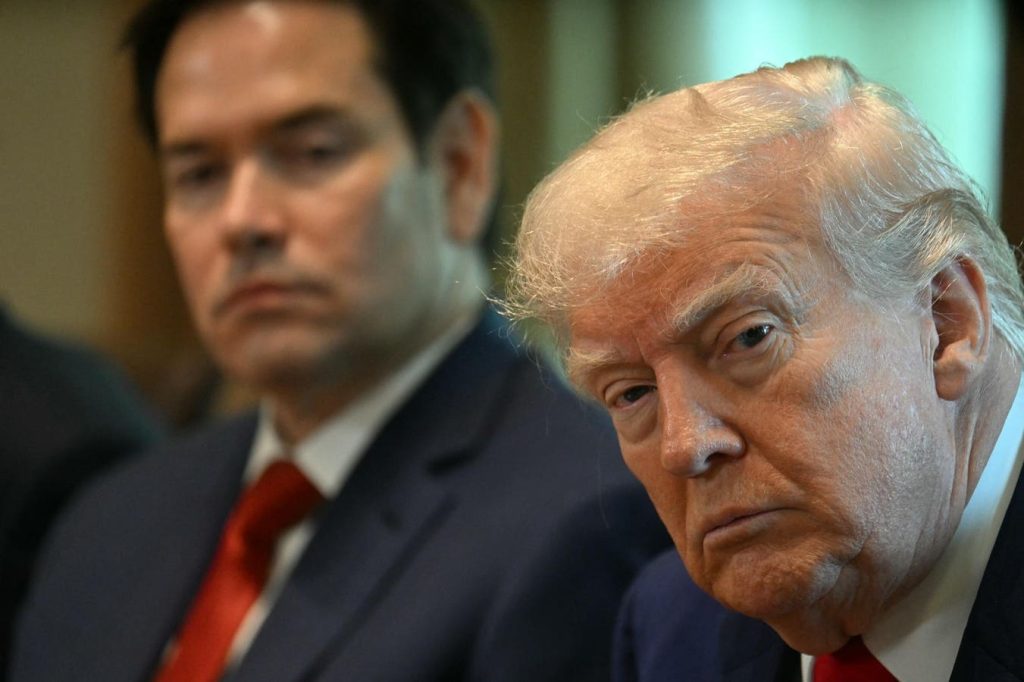Topline
Stocks raced Friday to their best week of the year, a bounce which came immediately after major indexes posted their worst weeks of 2024 as the market walks on a tightrope between record highs and sharp losses tied to recession fears.
Traders work on the New York Stock Exchange on Friday.
Key Facts
After all three leading U.S. indexes posted their worst week in at least 18 months to start September, the benchmark S&P 500 and the tech-concentrated Nasdaq responded this week with their best weekly gains of the year, while the blue chip Dow Jones Industrial Average posted its second-best week of 2024.
All three indexes rose Friday, with the S&P’s 0.5% rally by late afternoon sending its weekly gain to 4%, the Nasdaq’s 0.7% rise sending its weekly return to 6% and the Dow’s 0.7% recovery sending its weekly gain to 2.6%.
That puts all three essentially flat for September, with each index sitting within 0.5% of where it ended August.
Despite the flurry of premonitions in recent weeks about impending stock market doom, the Dow sits within 0.5% of its all-time high, the S&P hovers within 0.8% of its record and the Nasdaq within 5.3%.
Friday’s rally expectedly found its roots in shifting tides among prevailing wisdom about the broader macro picture, with newfound optimism about a major 50 basis point interest rate cut from the Federal Reserve next week gaining steam heading into the weekend; The market-implied odds of a 50 basis point cut rose from 28% to 49% on Friday, indicating hope the U.S. central bank will take the stock market friendly approach of an aggressive monetary policy shift.
What’s Behind The Stock Market’s Volatility?
The “directionless volatility” comes as Wall Street oscillates between selloffs spurred by macroeconomic concerns, like the major stock losses after the two most recent jobs reports, and gains from more encouraging economic tidbits and artificial intelligence optimism, like this week’s 15% rally for cloud computing company Oracle. “What the Fed should do next week is clear: Recalibrate the policy rate 50bp lower to adjust for the shifting balance of risks,” JPMorgan’s chief U.S. economist Michael Feroli wrote in a Friday note to clients, making the case for the Fed to turn dovish. Essentially, bullish equity investors are looking for a scenario in which economic data shows consistently strong output, lighter inflation and a solid labor market, corporate earnings continue to grow strongly and the Fed rapidly lowers rates to make stock valuations more compelling as debt financing gets cheaper. The variable stock prices are a reflection of the shifting odds bulls’ wish list will get fully checked off.
Tangent
Perhaps no trading session was more indicative of the current market regime than Wednesday’s. A morning release of the latest consumer price index which revealed one inflation measure was slightly higher than expected in August sent stocks down considerably as 50 basis-point cut bets evaporated, with the S&P falling as much as 1.6% by midday. Yet the index ended Wednesday up 1.1%, a rarely seen intraday swing mostly inspired by comments from the chief executive of AI darling Nvidia rather than material earnings or economic developments. Yardeni Research founder Ed Yardeni described the bout as a “stock market hissy fit” in a note to clients.
Further Reading
ForbesNvidia Stock Pops 8% As CEO Huang Touts Demand For ChipsBy Derek Saul
ForbesInflation Fell To 2.5% In August—Lowest Since Early 2021 With Fed On Cusp Of Declaring VictoryBy Derek Saul

